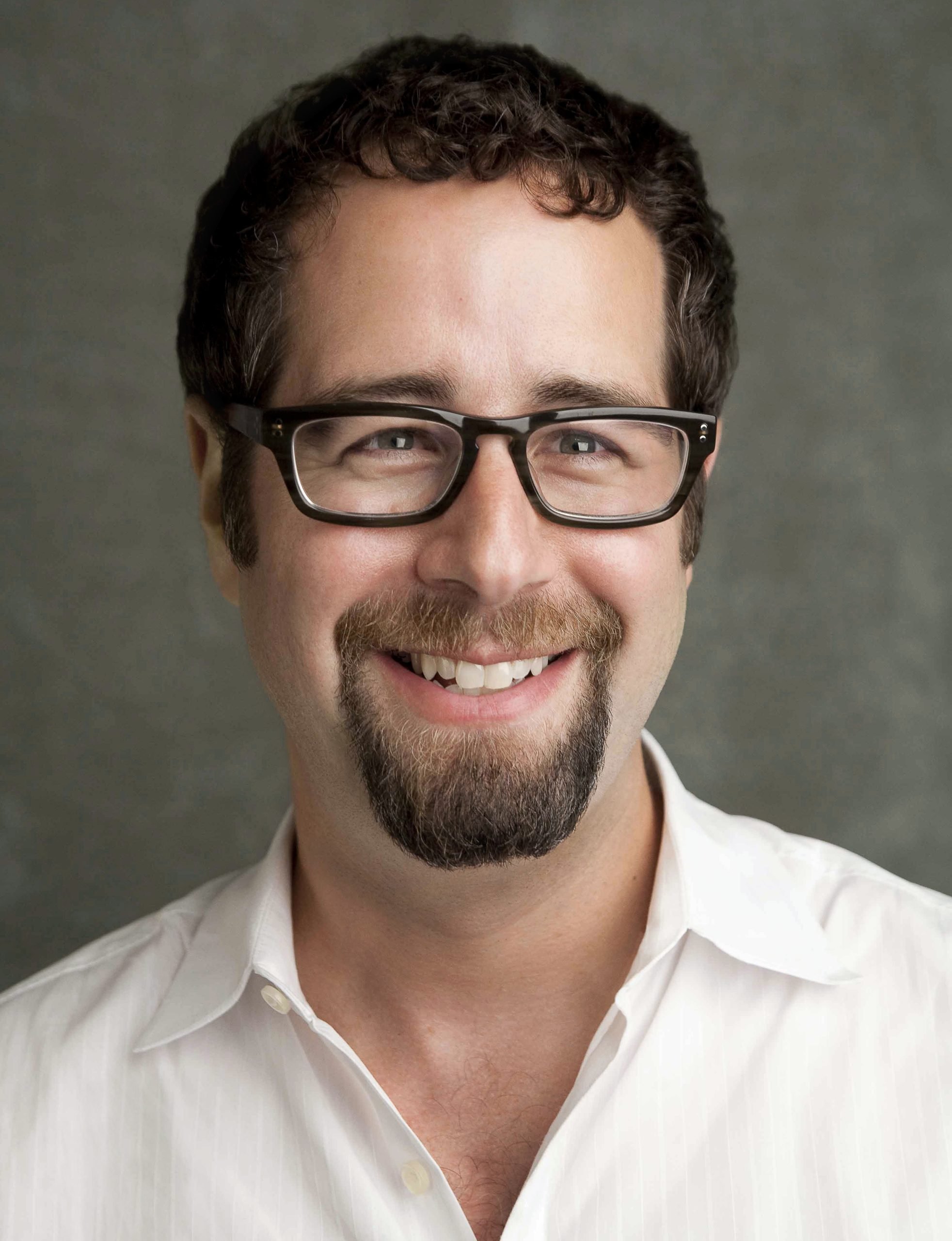The Massachusetts Institute of Technology is one of the most respected higher education institutions in the United States, and until just a few weeks ago, its edgy Media Lab was considered one of the most innovative research programs creating what it calls “disruptive technologies.”
But the $7.5 million in donations it received with the help of financier and convicted sex offender Jeffrey Epstein, who last month committed suicide while awaiting trial on sex trafficking charges in a Manhattan prison cell, is the real disruptor.

MIT Media Lab founder and professor Joi Ito has resigned after accepting the donations, as have several other professors connected with the scandal. Some students and faculty are even demanding the ouster of MIT president Rafael Reif. After first denying any involvement with the Epstein money, Reif finally admitted approving the donation—and demanding it be anonymous—then signing a thank you letter to the pedophile.
It’s now debatable whether the Media Lab will survive the scandal, and the cover-up is being widely condemned. “The notion that the way to handle a gift from Epstein was to anonymize it is appalling,” says Phil Buchanan, president of The Center for Effective Philanthropy. “If the instinct is to want to hide something, that’s almost always a sign it’s the wrong thing to do.”
The Epstein MIT scandal is just the most recent—and flagrant—example of the type of toxic philanthropy that increasingly pervades the nonprofit world and threatens to turn it upside down.
In the past, taking tainted money wasn’t particularly controversial, even though those in the nonprofit world knew it could be a way for the wealthy to launder somewhat sordid, even criminal, reputations.
Defenders point to some of the most renowned philanthropists in history—Andrew Carnegie, John Rockefeller, Cecil John Rhodes and Alfred Nobel—as men who, during their lifetimes, were often viewed as noxious individuals. Carnegie employed thugs to break strikes by workers in his steel mills, Rockefeller ran a monopoly that the U.S. government dismantled, Rhodes was a British white supremacist and Nobel was a munitions manufacturer.

But a sea change is afoot, with writers such as Anand Giridharadas arguing that all philanthropy is “fake change” and #MeToo victims demanding justice for behavior that was previously swept under the rug. Meanwhile politicians like Democratic presidential candidate Elizabeth Warren hope to heavily tax the nation’s wealthiest, arguing that it’s better for much of their fortunes to go to the government to fund social and environmental programs than to put their names on a museum wing, launder their reputations or ease guilty consciences.
If giving money away makes the donor look bad, what donor is going to give money away?
The new mood is creating a moment of anxiety for the donor class and has the potential to disrupt the flow of giving. “Is all philanthropy going to be seen as toxic?” asks one billionaire donor who requested anonymity because of the sensitivity of the topic. “If giving money away makes the donor look bad, what donor is going to give money away?”
The definition of a toxic philanthropist is murky, but it typically includes not just those convicted of heinous crimes, whether financial or personal, but also the super wealthy whose business or personal behavior is seen as detrimental to society.
Some even bring up Bill Gates, whose Microsoft Corp. reached a historic settlement with the U.S. Justice Department over antitrust allegations, as someone who has used charity to change his image. If Gates’ behavior was once controversial, “now when we think of Gates, we think of how he brought mosquito nets to Africa,” says Marianne Jennings, a business ethics professor at the University of Arizona.
Jennings lists outsize philanthropic contributions as one of her “seven signs of ethical collapse” among corporate CEOs in a book of the same title. “Corporate fraudsters almost all use philanthropy as a cover. Because of all their goodness, people never look any further,” she says.
That is getting harder to do. Over the past 18 months photographer Nan Goldin, a recovering Oxycontin addict, led protests at the Metropolitan Museum of Art, the Guggenheim and even the Louvre, over the millions the museums have taken from the Sackler family, widely reviled as a key instigator of the opioid crisis through their company, Purdue Pharma, the makers of Oxycontin. The company, which just filed for bankruptcy protection, is on the verge of settling a number of government lawsuits against it for $10 billion, and there could be more to come.
Sackler’s donations to the art world have given rise to another term: art washing. Protestors have asked that the museums take the Sackler name off the wings named for them and give the donations to recovery groups. Goldin has identified 23 museums that took the money.
The problem is that all nonprofits, from universities and museums to those working on criminal justice reform and cancer research, are dependent on the rich, and nonprofits spend an inordinate amount of time courting them. Even universities as prestigious as MIT and Harvard are “worried about their rankings, which are related to how much money they raise,” says Buchanan. He argues that nonprofits need to remember that “they’ve got a higher purpose than maximization of revenue.”
Adds Jennings: “You can talk yourself blue in the face how you knew nothing about it. But it almost always hurts the nonprofit.”
Intense media focus on the donations of people such as Epstein and the Sacklers may, at the least, force nonprofits to look more closely before taking money. “As a nonprofit, you have to ask yourself, ‘Would I be embarrassed to have this support?’” says Buchanan. “Are we being used for an objective that is counter to our values? And does the donor expect us to provide them some benefit we’re uncomfortable providing?”
It’s also affecting the larger group of donors who simply want to do good. “If you’re a donor and making a significant gift to an organization, I do think you’d want to know that the leadership lives its values,” says Buchanan. “A reasonable question of any nonprofit director would be, ‘What money won’t you take?’”
Following, in no particular order, are 10 of the most toxic philanthropists of the 21st century.











